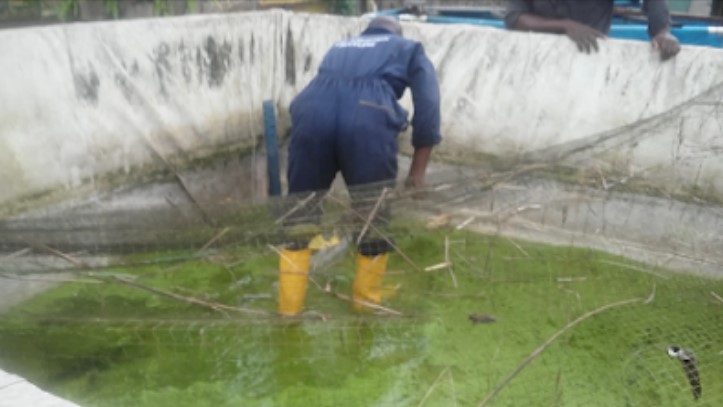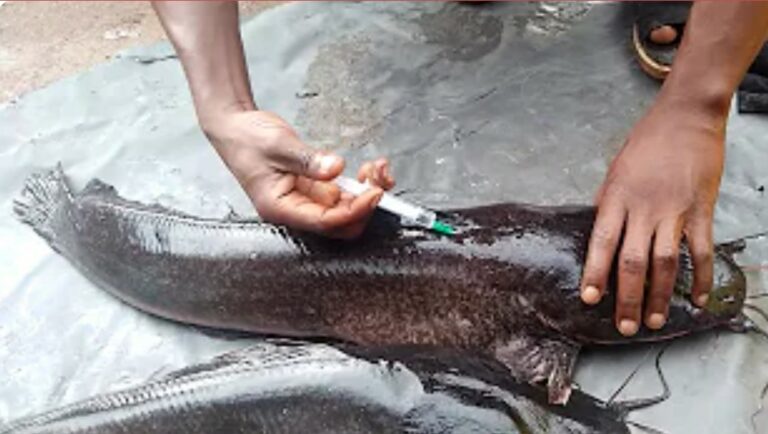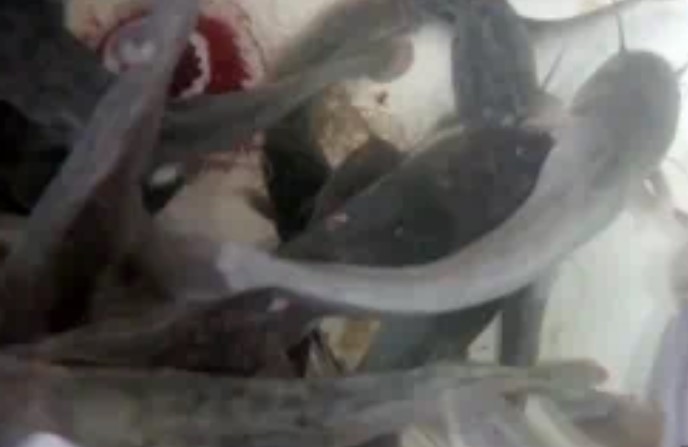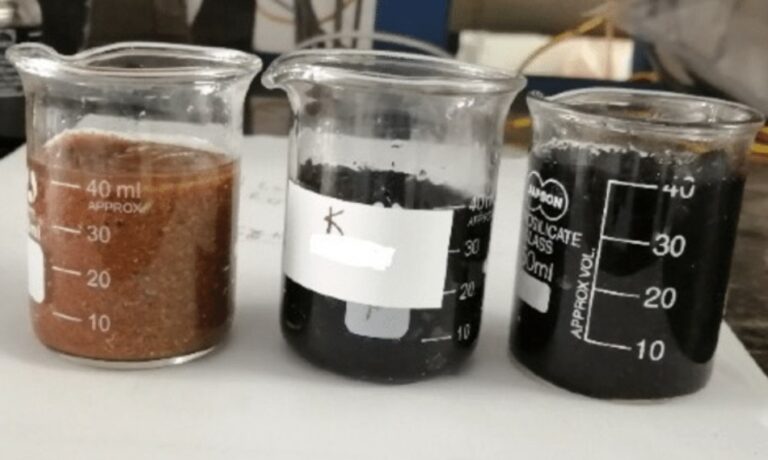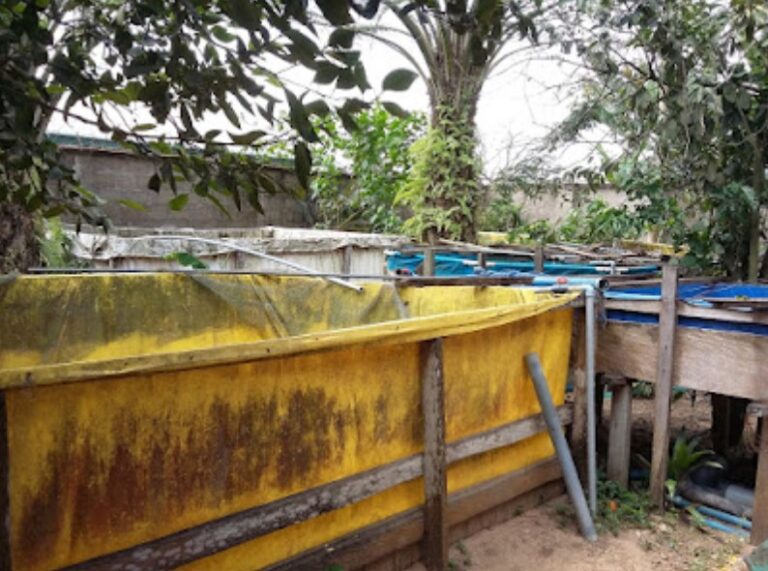What is Apiculture: Honey Bees Production And Management In Hives
Ever since the beginning of civilization, man has been trying to make use of animals around him for various purposes and to rear them to increase their number.
What is Apiculture
Beekeeping (or apiculture, from Latin; APIs “bee”) is the art of caring for and manipulating colonies of honeybees in large quantities, over and above their requirement. A beekeeper (or apiarist) keeps bees to collect their honey and other products that the hive produces (including beeswax, propolis, pollen, royal jelly, and bee venom).
Honey bees are known for their construction of perennial colonial nests from wax, the large size of their colonies, and surplus production and storage of honey
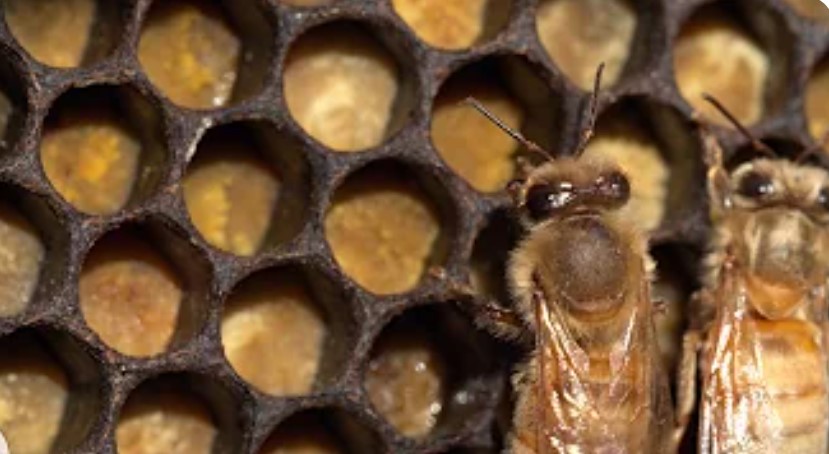
History
The first evidence of this association came to light from the rock paintings made by primitive humans. Thousands of years ago, Egyptians were well acquainted with beekeeping before the Christian era. In Rig-Veda, there are many references to bees and honey. Beekeeping became a commercial proposition during the 19th century as a result of scientific research. Apiculture is a flourishing industry in many advanced countries like USA, Canada, Germany, and Australia.
There are three main advantages of bee-keeping:
- Provides honey – a valuable nutritional food
- Provides bees wax – which has many uses in the industry
- Honeybees are excellent pollinating agents, thus increasing agricultural yields. In terms of actual value, this advantage exceeds the other two.
Products of bee hives include:
- Propolis
- Pollen
- Royal Jelly and
- Bee venom
Propolis:
Propolis is a resinous mixture that honey bees collect from tree buds, sap flows or other botanical sources. It is used as a sealant for unwanted open spaces in the hive. Propolis is used for small gaps (approximately 6 millimetres (0.24 in) or less)/ while larger spaces are usually filled with beeswax. Its colour varies depending on its botanical source/ the most common being dark brown. Propolis is sticky at and above room temperature, 20 °C (68 °F). At lower temperatures, it becomes hard and very brittle.
Pollen:
Pollen is a fine to coarse powder containing the microgametophytes of seed plants, which produce the male gametes (sperm cells). Pollen grains have a hard coat that protects the sperm cells during the process of their movement from the stamens to the pistil of flowering plants or from the male cone to the female cone of coniferous plants. When pollen lands on a compatible pistil or female cone (i.e., when pollination has occurred), it germinates and produces a pollen tube that transfers the sperm to the ovule (containing the female gametophyte). Individual pollen grains are small enough to require magnification.
Royal Jelly:
Royal jelly is a honey bee secretion that is used in the nutrition of larvae, as well as adult queens. It is secreted from the glands in the hypopharynx of worker bees, and fed to all larvae in the colony, regardless of sex or caste. When worker bees decide to make a new queen, because the old one is either weakening or dead, they choose several small larvae and feed them with copious amounts of royal jelly in specially constructed queen cells. This feeding triggers the development of queen morphology, including the fully-developed ovaries needed to lay eggs.
Bee venom:
Apitoxin, or honey bee venom, is a bitter colourless liquid; its active portion is a mixture of proteins, which causes local inflammation and acts as an anticoagulant. A honeybee can inject Q.l. ing of venom via its stinger. It may have similarities to sea nettle toxin. Bee venom is also a therapy used by some as a treatment for rheumatism and joint diseases due to its anticoagulant and anti-inflammatory properties.
It is also used to desensitize people allergic to insect stings. Bee venom therapy can also be delivered in the form of a balm although this may be less potent than using live bee stings. Bee venom can be found in numerous beauty products. It is believed to increase blood flow, therefore, plumping the applied area, and producing collagen. This effect aids in smoothing out lines and wrinkles.
There are four common species of honey bee under a single genus Apis (bee):
1. Apis Dorsata (The rock- bee):
This is the largest honeybee. Builds single large open comb on high branches of trees and rocks. Produces large quantities of honey, but this bee is difficult to domesticate. This bee is ferocious and stings severely causing fever and sometimes even death.
2. Apis Indica (The Indian bee):
Medium-sized Hive consists of several parallel combs in dark places such as cavities of tree trunks, mud walls, earthen posts, etc. This bee is not so ferocious and can be domesticated
3. Apis Florea (The little bee):
Small-sized Builds single small combs in bushes, hedges, etc. Honey yield is poor.
4. Apis mellifera (The European bee):
They are like the Indian bee (Apis Indica). This has been introduced in many parts of the world including India. It is easily domesticated.
Type of Bees Hives
- Kenyan top bar hives
- Fixed comb hives
- Movable frame hives
- Natural bee hives
Kenyan top bar hives:
Top bar hives were originally used as traditional beekeeping a method in both Greece and Vietnam. These have no frames and the honey-filled comb is not returned to the hive after extraction, as it is in the Langstroth hive. Because of this, the production of honey is likely to be somewhat less than that of a Langstroth hive. Top bar hives are mostly kept by people who are more interested in having bees in their gardens than in honey production per se.
Fixed comb hives:
A fixed comb hive is a hive in which the combs cannot be removed or manipulated for management or harvesting without permanently damaging the comb. Almost any hollow structure can be used for this purpose, such as a log gum, skep, or clay pot. Fixed comb hives are no longer in common use in industrialized countries, and are illegal in some places that require inspection for problems such as varroa and American foulbrood and are yet to be introduced to Nigeria.
Movable frame hives (e.g Langstroth hive):
In Nigeria, the Langstroth hive is commonly used. The Langstroth was the first successful top-opened hive with movable frames, and other designs of the hive have been based on it. The Langstroth hive was, however, a descendant of Jan Dzierzon’s Polish hive designs. In the United Kingdom, the most common type of hive is the British National Hive.
It has the Brooder, Scavenger or Forager, and the Supra. Natural hives: The natural beekeeping movement believes that modern beekeeping and agricultural practices, such as crop spraying, hive movement, frequent hive inspections, artificial insemination of queens, routine medication, and sugar water feeding, weaken bee hives. Natural beekeeping’ tend to use variations of the top-bar hive, which is a simple design that retains the concept of a movable comb without the use of frames or foundation.
The bee colony – various castes and their activities
A honey bee colony has three castes they include:
- Queen – only one; functional female
- Workers – 20,000-30,000, sterile females
- Drones – a few only, functional males available before swarming
Queens:
A queen bee is the only perfectly developed female, that has well-developed ovaries and other organs of the female reproductive system; its wings are smaller and are shrivelled, Mouth parts for sucking food are shorter than that of workers, it lay eggs at the rate of 800 – 1500 per day, they can survive for about 3 – 4 years and have no wax gland. In mating, the queen emerges from her cell after 15 days of development and she remains in the hive for 3—7 days before venturing out on a mating flight.
Mating flight is otherwise known as ‘nuptial flight’. Her first orientation flight may only last a few seconds, just enough to mark the position of the hive. Subsequent mating flights may last from 5 minutes to 30 minutes, and she may mate with several male drones on each flight. Over several mating, possibly a dozen or more, the queen receives and stores enough sperm from a succession of drones to fertilize hundreds of thousands of eggs.
Female worker bees:
Almost all the bees in a hive are female worker bees. Female worker bees are imperfectly developed females they are smaller than the queen with strong wings to fly and have a large and efficient proboscis (mouth parts packed together like a thin tube) for sucking nectar.
At the height of summer when activity in the hive is frantic and work goes on non-stop, the life of a worker bee may be as short as 6 weeks; in late autumn, when no brood is being raised and no nectar is being harvested, a young bee may live for 16 weeks, right through the winter. During its life, a worker bee performs different work functions in the hive, largely dictated by the age of the bee.
Male bees (drones):
Drones are the male bees produced from unfertilised eggs and they are the largest bees in the hive (except for the queen), at almost twice the size of a worker bee. They do not work, do not forage for pollen or nectar, and have no other known function than to mate. At the age of 14-18 days, the drones perform mating flights chasing the virgin queen in the air.
Drones can live up to about 60 days, although they are stung and killed after mating. A bee colony generally starts to raise drones a few weeks before building queen cells so they can supersede a failing queen or prepare for swarming. When queen-raising for the season is over, bees in colder climates drive drones out of the hive to die/biting and tearing their legs and wings.
Colony reproduction (swarming and supersedure):
All colonies are totally dependent on their queen, who is the only egg layer. However, even the best queens live only a few years and one or two roars longevity is the norm. She can choose whether or not to fertilize an egg as she lays it; if she does so, it develops into a female worker bee; if she lays an unfertilized egg it becomes a male drone. She decides which type of egg to lay depending on the size of the open brood cell she encounters on the comb. In a small worker cell, she lays a fertilized egg; if she finds a larger drone cell, she lays an unfertilized drone egg.
The queen produces a variety of pheromones, which control the behaviour of the bees in the hive. These are commonly called queen substances, but there are various pheromones with different functions. As the queen ages, she begins to run out of stored sperm, and her pheromones begin to fail. Inevitably, the queen begins to falter, and the bees decide to replace her by creating a new queen from one of her worker eggs.
They may do this. She has been damaged (lost a leg or an antenna) because she has run out of sperm and cannot lay fertilized eggs (has become a ‘drone laying queen), or because her pheromones have dwindled to where they cannot control all the bees in the hive.
At this juncture, the bees produce one or more queen cells by modifying existing worker cells that contain a normal female egg. However, the bees pursue two distinct behaviours:
- Supersedure: Queen replacement within one hive without swarming Swarm cell production
- The division of the hive into two colonies by swarming.
Factors that trigger swarming:
It is generally accepted that a colony of bees does not swarm until they have completed all of their brood combs, i.e., filled all available space with eggs, larvae, and brood. This generally occurs in late spring at a time when the other areas of the hive are rapidly filling with honey stores. One key trigger of the swarming instinct is when the queen has no more room to lay eggs and the hive population is becoming very congested.
Under these conditions, a prime swarm may issue with the queen, resulting in a halving of the population within the hive, leaving the old colony with a large number of hatching bees. The queen who leaves finds herself in a new hive with no eggs and no larvae but lots of energetic young bees who create a new set of brood combs from scratch in a very short time.
- Artificial swarming:
When a colony accidentally loses its queen, it is said to be “queenless”. The workers realize that the queen is absent after as little as an hour, as her pheromones fade in the hive. The colony cannot survive without a fertile queen laying eggs to renew the population, so the workers select cells containing eggs aged less than three days and enlarge these cells dramatically to form “emergency queen cells”. These appear similar to large peanut-like structures about an inch long that hang from the centre or side of the brood combs.
The developing larva in a queen cell is fed differently from an ordinary worker bee; in addition to the normal honey and pollen, she receives a great deal of royal jelly, a special food secreted by young ‘nurse bees’ from the hypopharyngeal gland. This special food dramatically alters the growth and development of the larva so that, after metamorphosis and pupation, it emerges from the cell as a queen bee. The queen is the only bee in a colony that has fully developed ovaries, and she secretes a pheromone that suppresses the normal development of ovaries in all her workers.
- Diseases:
The common agents of disease that affect adult honey bees include fungi, bacteria, protozoa, viruses, parasites, and poisons. The gross symptoms displayed by affected adult bees are very similar, whatever the cause, making it difficult for the apiarist to ascertain the causes of problems without microscopic identification of microorganisms or chemical analysis of poisons.
References
Whitfield, Charles W.; Behura, Susanta K.; Berlocher, Stewart H.; et al. (27 October 2006). “Thrice Out of Africa: Ancient and Recent Expansions of the Honey Bee, Apis mellifera”. Science. 314 (5799): 642–645. Bibcode:2006Sci…314..642W. doi:10.1126/science.1132772. PMID 17068261. S2CID 15967796.
Gillott, Cedric (1995). Entomology. Springer. p. 79.
Jung-Hoffmann, L (1966). “Die Determination von Königin und Arbeiterin der Honigbiene”. Z Bienenforsch. 8: 296–322.
Geldmann, Jonas; González-Varo, Juan P. (2018). “Conserving honey bees does not help wildlife”. Science. 359 (6374): 392–393.
Wikipedia; what are honey bees, production, storage of honey, and colonies
